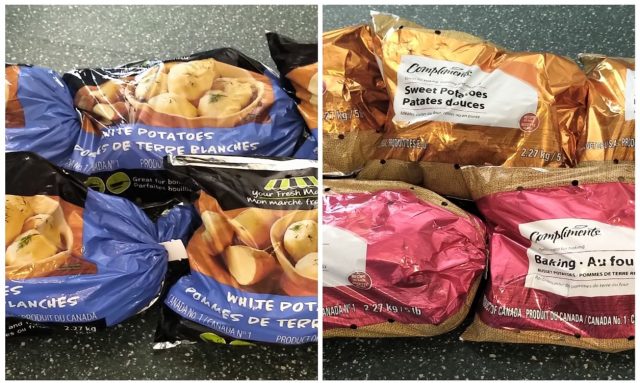The flexible packaging industry continues to invest resources in order to develop product and market solutions that will align with the 2025 recyclable packaging objectives laid out by industry leaders. There are many challenges to overcome but I believe our entire industry has become broad-minded and stronger as a result of our learnings and diligence as we drive forward to meet the goals of 2025. We have also seen mounting frustration as the amount of work and effort is not yielding the progress we are all looking for, particularly for barrier and metallized solutions in all PE structures. It is easy to get wrapped up in developing barrier solutions at the front end of our supply chain as companies engineer resin, film, and converting solutions that allow us to produce high barrier recyclable packaging solutions. However, these solutions only get us to the “recycle ready” stage. We must also be aware of the end-of-life options for these packages, which is necessary to consider when identifying a package as “recyclable” or not. There are many industry initiatives underway right now to develop recycling streams for these high barrier packages1. A few of the larger-scale initiatives are listed here:
- Materials Recovery for the Future in North America and CEFLEX in Europe have been focusing on developing marking and sortation technology to more easily separate flexible plastic packaging from other waste streams.
- The American Chemistry Council, several brand owners, and many research groups are investing in developing chemical recycling technologies to break down PCR polymers into their original monomers, or to separate or selectively dissolve multi-layer flexible packaging structures so they can be further broken down.
- The Sustainable Packaging Coalition and Association of Packaging Recycling have been working together to develop a circular economy with the collection and re-processing of all-PE pouches, while in Europe CEFLEX and Plastic Recyclers Europe have been working on industry guidelines to collect and re-process all-PE or all-PP pouches.
- Finally, the Flexible Packaging Association and industry stakeholders are developing waste-to-energy and waste-to-oil solutions.
All this effort is paving the way to viable solutions for end-of-life recycling for all different types of plastic waste. There is much more to be done and everyone can play a part.
In our own area of expertise, I would like to outline where we have invested with industry partners to achieve some novel results.
- The first is a study and work we did proving metallized PE can go through the reclaim process and then be extruded back into film.
- Our market research also uncovered an industry press release from PAC Worldwide announcing their product is now being accepted by Trex and the NexTrex program.
- We currently supply the metallizing that is used in the Canadian potato bag market. In an effort to find a recycling stream for this metallized PE, we approached Trex for testing on the finished bag. Trex has put these bags through their testing protocol and they meet the criteria required to go through their recycling process.
 Metallized PE bag passed Tres standard and is accepted into their recycling stream
Metallized PE bag passed Tres standard and is accepted into their recycling stream
All this work takes time, effort, and resources. As an industry, we have made great strides with the drive for 2025 but there is still a long road ahead. Collaboration and education will get us there provided we continue to stay broad-minded in our search for material solutions and recycling processes that will meet the objective.
Jim Lush
-Sales Manager, Celplast Metallized Products
1 Cooper, Terence, “Developments in End-of-Life Technologies for Flexible Packaging: Multilayer Films, Barrier Structures and Pouches”, AIMCAL R2R USA (2019).


